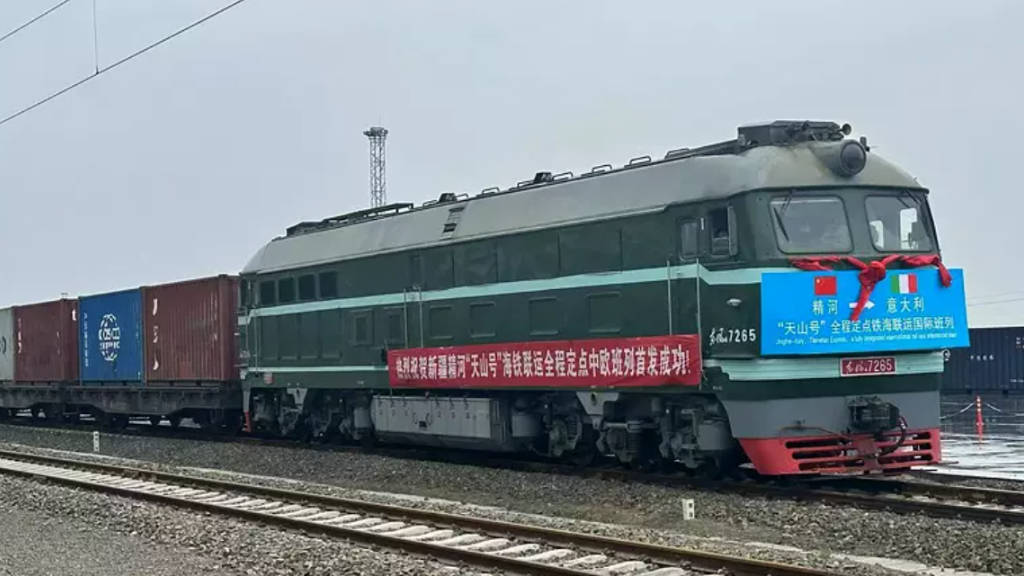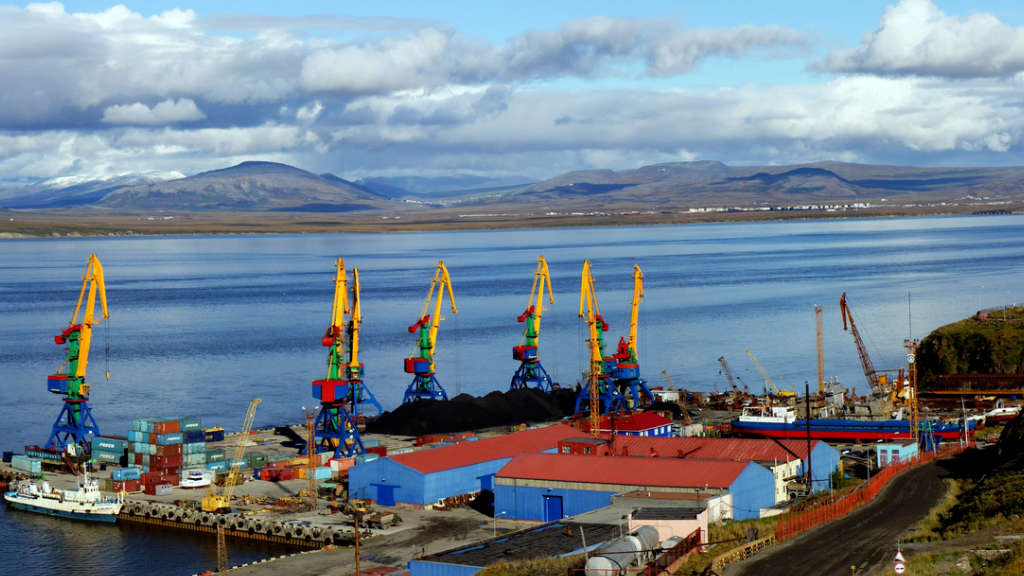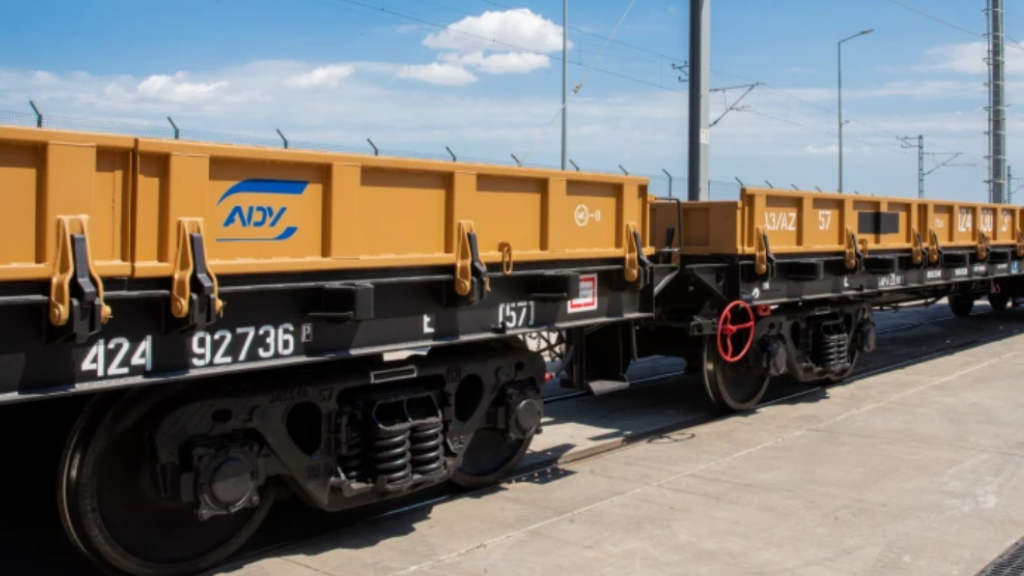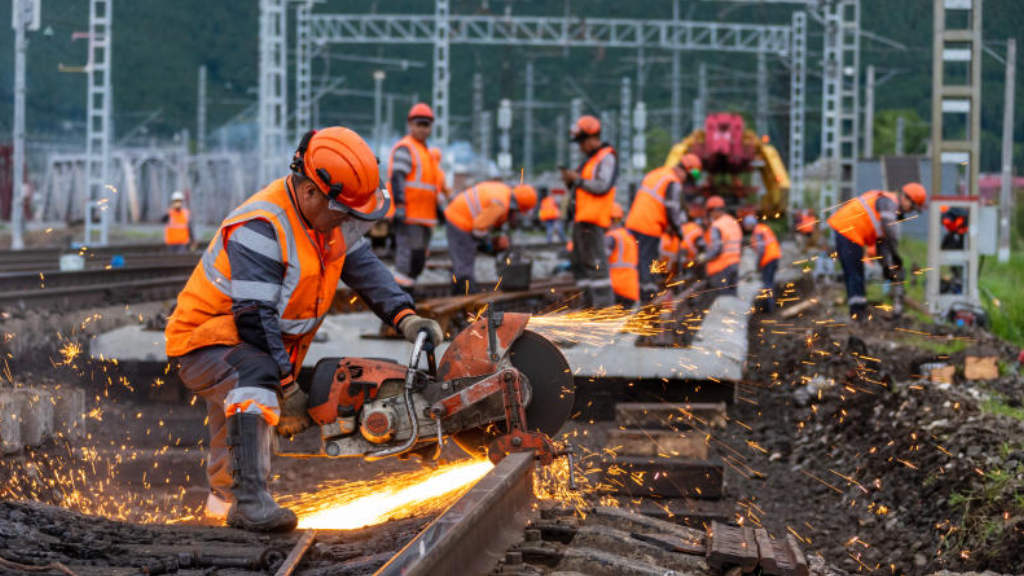The World Bank has identified ten critical actions to address the most pressing short-term bottlenecks across the Trans-Caspian International Transport Route (TITR), also known as the Middle Corridor, according to a brief published on the bank’s official website.
The solutions are based on a tripling of trade volumes through the Middle Corridor by 2030. With proper investment and efficiency measures, the Middle Corridor, linking Chinese and European markets via Central Asia and the Caucasus, could reduce travel times by half and triple trade volumes, reaching 11 million tons.
Within the Middle Corridor, the infrastructure is not facilitated to its full extent and routings in some areas are less efficient than they could be, according to the report. These have significance for Russia as parts of the TITS interlink with the North-South Transport Corridor, providing East-West TITR access for the INSTC.
The first two solutions target the congestion points in Almaty and at the Kazakhstan-Uzbekistan border, which have overly long waiting times. Both solutions involve the construction of additional routes: a railway bypass in Almaty and a new railway connection between Kazakhstan and Uzbekistan.
The Caspian Sea’s dropping sea levels bring another dimension to the challenge affecting port operations. According to the World Bank, Kazakhstan’s Aktau port needs fit-for-purpose equipment and increased berth capacity to improve its operational efficiency. “For example, slow ship-to-shore handling can be addressed by deploying the most efficient cranes for each cargo type and by acquiring rail-mounted equipment” says the World Bank report.
Further advice along the Middle Corridor includes increasing the amount of rolling stock in Georgia, enhancing the Akhalkalaki-Türkiye border rail connection and expanding Akhalkalaki rail station, expanding Georgian Poti Port’s maritime handling capacity, and modernizing the Sivas-Kars-Georgia border railway line.

To increase the competitiveness of the Middle Corridor’s Türkiye branch, the World Bank advises building a higher-capacity, above-ground railway link across the Bosphorus Strait via Istanbul’s Third Bridge. Failure to develop an alternative link could create a bottleneck in Istanbul.
Investments are also needed to improve port and rail connectivity in Romania and Bulgaria. “This could help strengthen internal and cross-border connectivity in the two countries, particularly to and from Central Europe,” reads the report.
The last point concerns improving trade facilitation, border management, and service delivery across the Middle Corridor. “Currently, customs and border management are not adequately digitalized, limiting effective information exchange. There is also no track record of coordinated, scheduled, and time-definite services,” says the report.
World Bank Vice President for Europe and Central Asia Antonella Bassani and Vice President for Infrastructure Guangzhe Chen emphasized the fundamental principles required for the development of the Middle Corridor, which is strong coordination and cooperation.
“Corridors are rarely zero-sum games. All participants stand to gain as the universe of opportunities expands far beyond what any country or stakeholder could achieve alone,” said Bassani, as cited by Charles Cormier, World Bank regional director of infrastructure for Europe and Central Asia.
Further Reading





